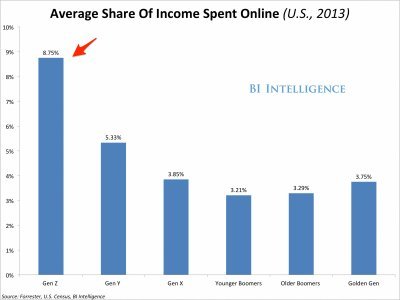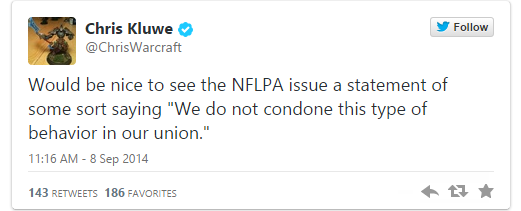This article was written by Adele Stewart for Epic Web Studios Blog on 11/18/14 and can be found here.
On Monday night, Snapchat users were surprised to find a Snapvid from “teamsnapchat” announcing their new feature “Snapcash.” Snapchat revealed their recent partnership with Square Cash accompanied by an over-the-top and almost unnecessarily flashy “A Chorus Line” style song and dance video.
For those of you who need clarification, the quick picture/video sharing app Snapchat is partnering with Square Cash, an app that allows users to send and request money for free. Square Cash hopes to make splitting the check, lending money and pay backs a lot easier between friends. Like most mobile wallets Square Cash hasn’t really broke through the system quite yet, but with the help of Snapchat’s 100 million (and then some) monthly users, this might be just the thing they need to edge out apps like Venmo, PayPal, Soft Card and Google Wallet.
As many are already aware, Generations Y and Z spend most of their time buried in their smart-phones and most of their money is laid to rest within those phones’ apps. Snapchat has found a way to quickly infiltrate this market by offering p2p payments between close friends, and emerge into a group of young people who haven’t really thought about the importance of financial awareness before.

Some digital marketing sources see this as a way to better target Snapchat’s newly released ads feature. Square Cash’s terms of service permit “third-party advertising and analytics,” which release user’s age, phone number, and bank card information. With these specific details, they are now able to target paid advertising to exact demographics instead of blindly shooting movie trailers at the general public.
Personally, I knew that Snapchat was going to “cash in” at some point, but I was not anticipating such a quick and ironic sequence. During the World Cup when Snapchat allowed users to upload chats to a Live Story, I figured that maybe they were getting paid to allow attendees to subliminally advertise the event itself. These Live Stories of video and imagery occur regularly now during highly attended about events like D1 college football games, NBA games, and even India's Diwali celebration. Within the next few months, I started seeing ads for movies – namely ones I was never going to see like “Ouija” and “Dumb and Dumber To” – which led me to believe Snapchat was tired of being an ephemeral media sharing app, and was seeking to finally monetize off of their popularity.
With all of this in mind, do you see yourself sharing cash with your friends via Snapchat? With the constant ads being thrown into your feed much like Twitter and Facebook, do you think you’ll continue to use the app? Or do you see yourself deleting it and waiting for the next best thing?
Sound off in the comments below!
Adele Stewart is a Digital Media Strategist at Epic Web Studios, a web development & strategic planning firm in Erie, PA, and Public Relations blogger. If you have questions about running a successful digital advertising campaign, contact Epic Web’s Social Media team today!












